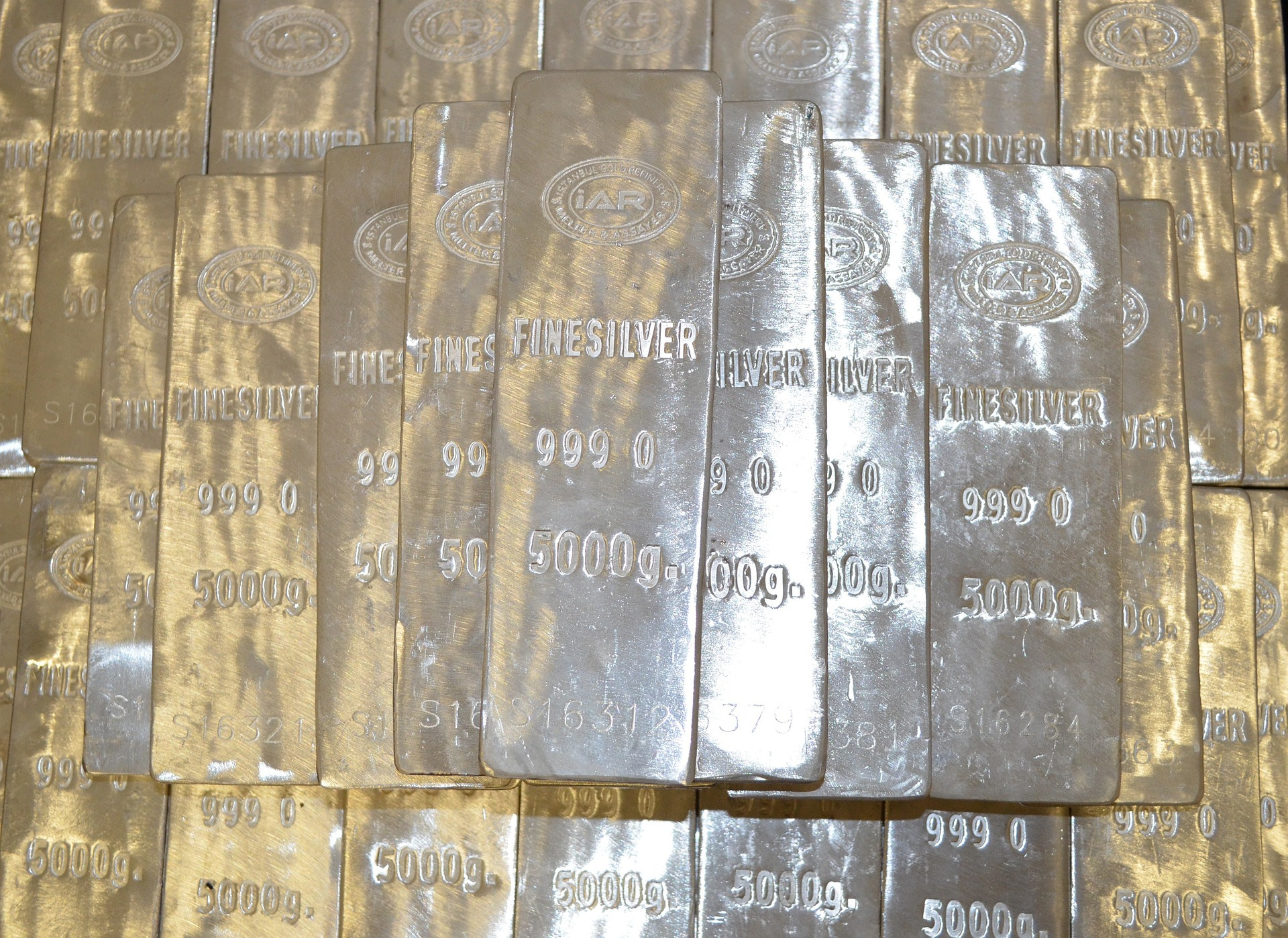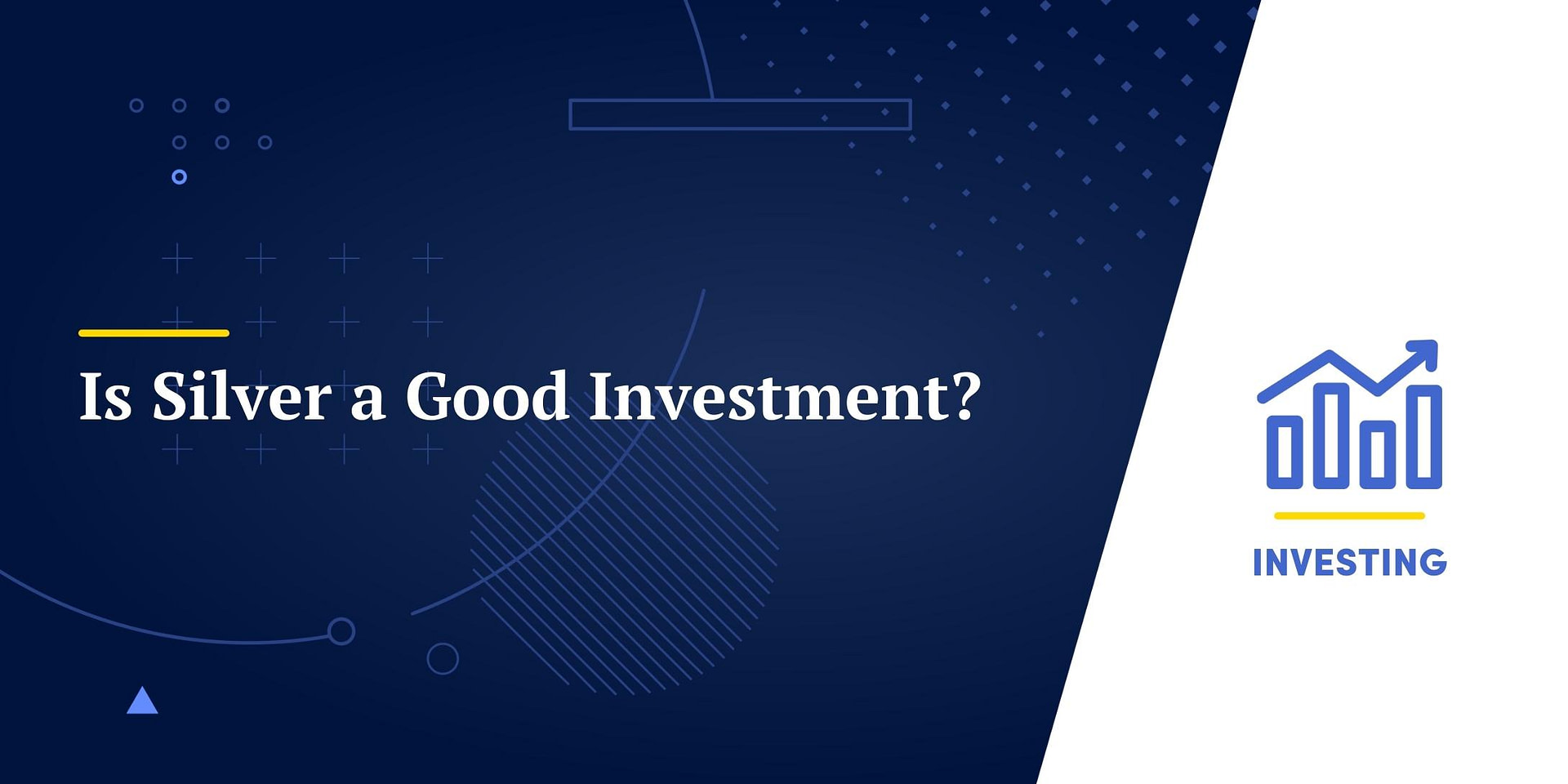It’s been disparagingly called the poor man’s gold and it’s often left by the wayside in favor of pricier and seemingly more prestigious investable metals. Silver often gets short shrift in the resource realm – after all, what Olympic athlete wants to win a silver medal? But reputation aside, is silver a good investment?
Mineral mavens shouldn’t put silver on the scrap heap. It’s a surprisingly essential and versatile metal with enduring value and appeal. Plus, silver’s price properties should appeal to risk-tolerant traders of all account sizes. So, let’s put the pedal to the metal and discover why silver truly deserves its label as a precious metal.

Silver Has Many Real-World Applications
If gold is for holding, silver is for using. You can also hold silver as an investment, but comparatively speaking, silver has a wider range of applications. There’s a reason people call silver an industrial metal. It’s used extensively by multiple industries throughout the economy.
According to the Silver Institute, silver is used in solar panels, electrical switches, and chemical-producing catalysts, and can be found in nearly every computer, mobile phone, and automobile[1]. It’s durable and highly conductive of electricity, which makes silver ideal for coating electrical contacts, such as the ones found in printed circuit boards. Silver can help to reduce the need for wires as silver ink will provide an electrical pathway when it’s painted on a non-metal surface.

Then there are the traditional uses of silver in dental fillings, jewelry, silverware, and various antiques and collectibles.
Throughout the ages, gold may have gotten top billing but silver never really lost its shine. In the modern era, though, silver should always be in demand as long as people are buying electronic gadgets. As governments and private industry ramp up their 5G network spending, silver continues to play a role in building out the critical infrastructure.
Industrial use of silver creates ongoing demand that supports the price.
Silver Is Part of the Vehicle Electrification Movement
There’s another use of silver that’s so important, it deserves its own section. Many of today’s investors want exposure to the fast-emerging electric vehicle market. Sure, one can achieve this by purchasing shares of individual automakers, but this may turn out to be a risky proposition. On the other hand, investors might choose to own something that electric vehicle manufacturers need: silver.
Silver is ideal for electric vehicle components due to its conductivity, oxide resistance, and durability in harsh operating environments. Silver is used in many vehicles’ electrical control units; this is true for traditional internal combustion engine cars as well as modern electric vehicles.
Where the rubber really meets the road, however, is silver’s use in batteries that are used in electric vehicles, as well as the stations that charge these batteries.
Silver and the electric vehicle movement go hand in hand, and the numbers bear this out. As the Silver Institute reports, battery electric vehicles consume an estimated 25 to 50 grams of silver each, and hybrid vehicles consume around 18 to 34 grams of silver; meanwhile, internal combustion engine cars only consume roughly 15 to 18 grams of silver.
The net result has been and should continue to be, staggeringly strong demand for silver in the electric vehicle industry. 2021 automotive-market silver consumption was projected to reach 61 million ounces; this industry is anticipated to consume nearly 90 million ounces of silver annually by the year 2025[2].
The Silver Price Moves Fast
Silver tends to exhibit faster price action than gold. If you’re more of a “slow and steady wins the race” kind of investor, holding gold might be the way to go.
Consider the math behind some of history’s biggest price moves in precious metals. From the 2008 low to the high in 2011, the gold price gained 166% – not too shabby[3]. However, that’s nothing compared to silver’s mind-blowing 448% gain during the same time frame.
Yet, the silver sword is double-edged; what moves up fast can also drop fast. Thus, while gold lost 44.6% of its value from the 2011 high to the 2016 low, silver shed an eye-watering 71.8% of its value during that time.
That volatility can be risky, but if you time your entry and buy at a low point in the price cycle, it can also be an advantage.
Silver Could Provide a Good Hedge Against Inflation
Inflation is currently among the most pressing concerns among consumers and investors alike. As currencies such as the U.S. dollar lose value year after year, holding cash becomes a less appealing proposition for the long term.
This is where silver shares a common characteristic with gold and some other minerals: it’s resistant to currency inflation, and can even benefit from inflation. A historical example would be the inflation-intensive 1970s, during which the silver price rallied from $15 per ounce to $130 over a ten-year period[4].
Of course, past performance doesn’t guarantee future returns, so don’t count on a repeat of silver’s stunning 1970s surge. The idea here isn’t to fantasize about life-changing gains in silver during high dollar inflation, but rather to consider silver as an asset that’s resistant to inflation and therefore a relative safety net when the dollar’s value falls. Besides, Morgan Stanley observes that “silver tends to rise more than gold with rising inflation and a falling dollar” due to silver’s “greater industrial demand”. Again, silver’s greater utility makes it even more useful when the currency loses its value.
There is a downside as well. Aside from the inherent risk of volatility and asset price declines, silver (like any precious metal investment) will not pay interest or dividends: your potential gain lies solely in asset price appreciation. This makes it important to buy at a low point in the price cycle and to take profit if it’s there to be taken.
Silver is much more than gold’s underappreciated cousin. It’s cheap, fast-moving, inflation-resistant, conductive, versatile, and crucial to the global trend toward electric vehicles. If you’re willing to cope with volatility feel free to go for the gold standard of industrial metals and stack some silver in your investment portfolio.


